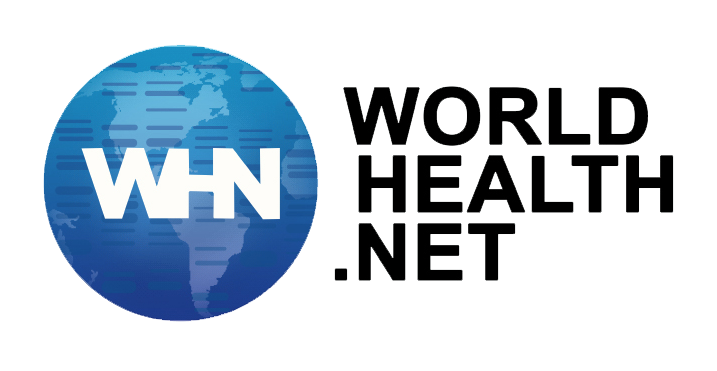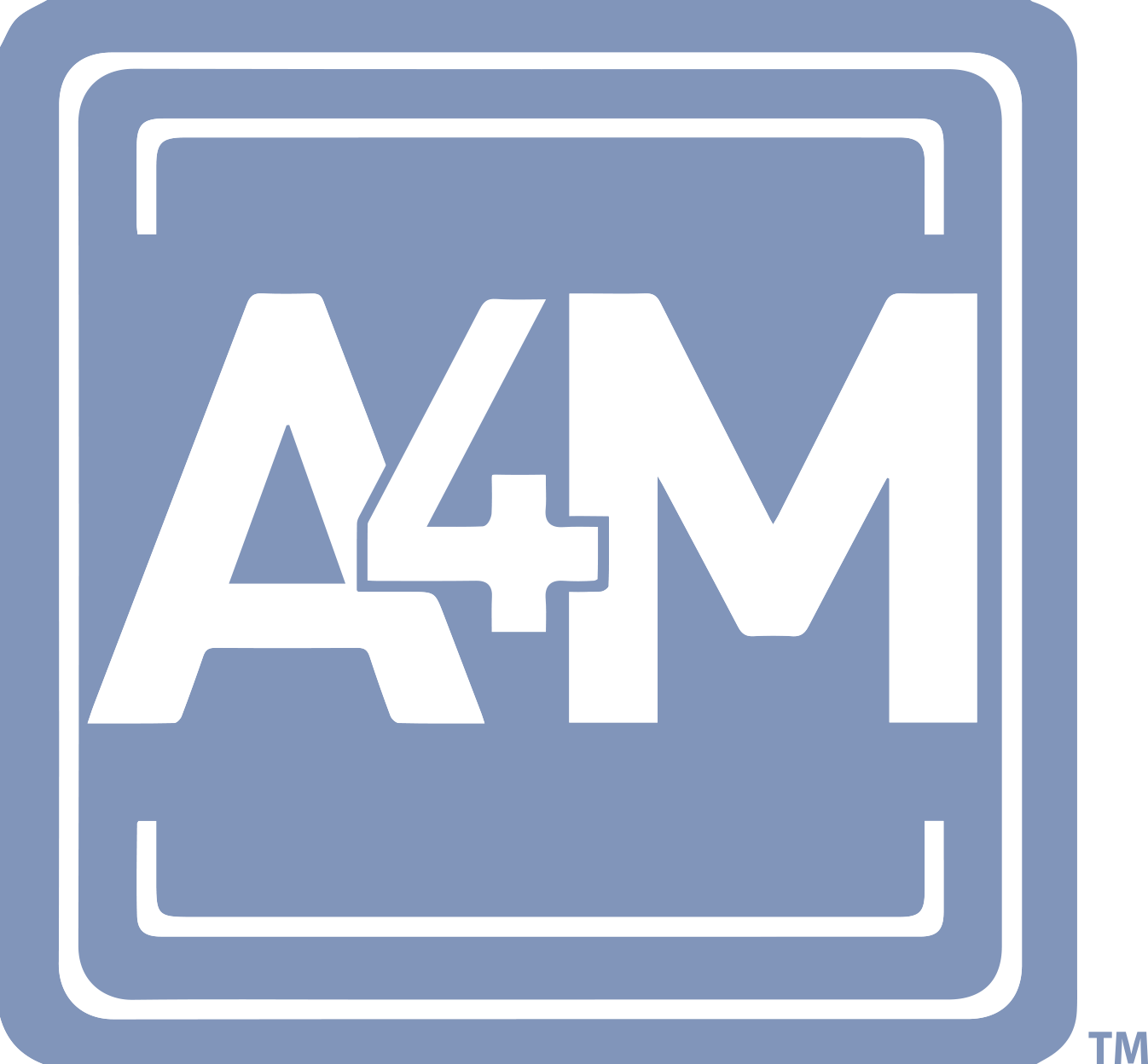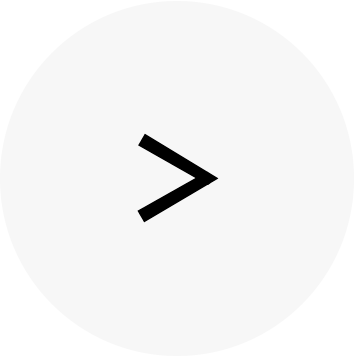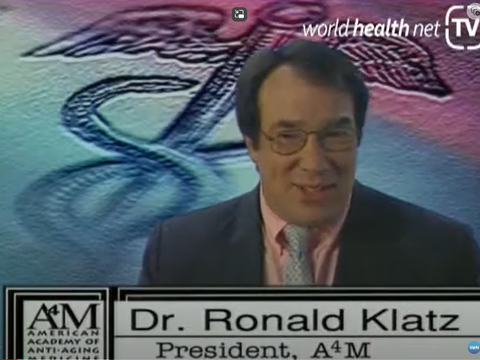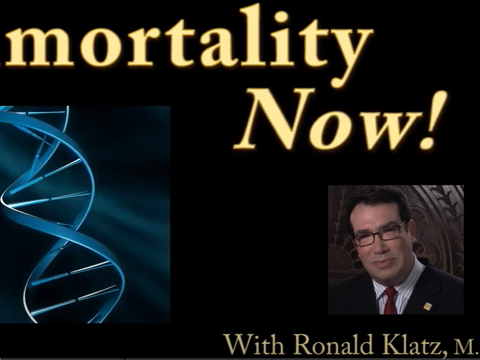9953
1
Posted on Dec 30, 2005, 8 p.m.
By Bill Freeman
GENERAL DESCRIPTION: Molybdenum is obtained from organ meats (liver, kidney), milk, dairy products, legumes, whole grains, and leafy green vegetables. ROLE IN ANTI-AGING: This mineral is required for the activity of several enzymes in the body, and is a vital component of the enzyme responsible for iron utilization.
GENERAL DESCRIPTION:
Molybdenum is obtained from organ meats (liver, kidney), milk, dairy products, legumes, whole grains, and leafy green vegetables.
ROLE IN ANTI-AGING:
This mineral is required for the activity of several enzymes in the body, and is a vital component of the enzyme responsible for iron utilization. Molybdenum can help to prevent anemia, and is able to detoxify potentially hazardous substances. Can be an antioxidant and protects teeth from cavities. It aids in carbohydrate and fat metabolism.
DEFICIENCY SYMPTOMS:
Molybdenum deficiency may be linked to esophageal cancer. Epidemiological studies have shown that the incidence of esophageal cancer is significantly higher than normal in people who live in areas with molybdenum deficient soil.
THERAPEUTIC DAILY AMOUNT:
The optimal intake is still uncertain; therefore, no RDA has been established. According to the US Food and Nutrition Board, a daily intake of 75-250mcg is safe and adequate for adults.
MAXIMUM SAFE LEVEL:
The maximum safe level for long-term use is 200mcg (long term usage). No adverse effects were observed with supplementation of 10,000mcg for short periods.
SIDE EFFECTS/CONTRAINDICATIONS:
Molybdenum usually only causes side effects when taken in excess; these include goutlike symptoms and, in one case psychosis. Excess molybdenum can also inhibit certain enzymes.
SOLUBILITY:
Insoluble in water